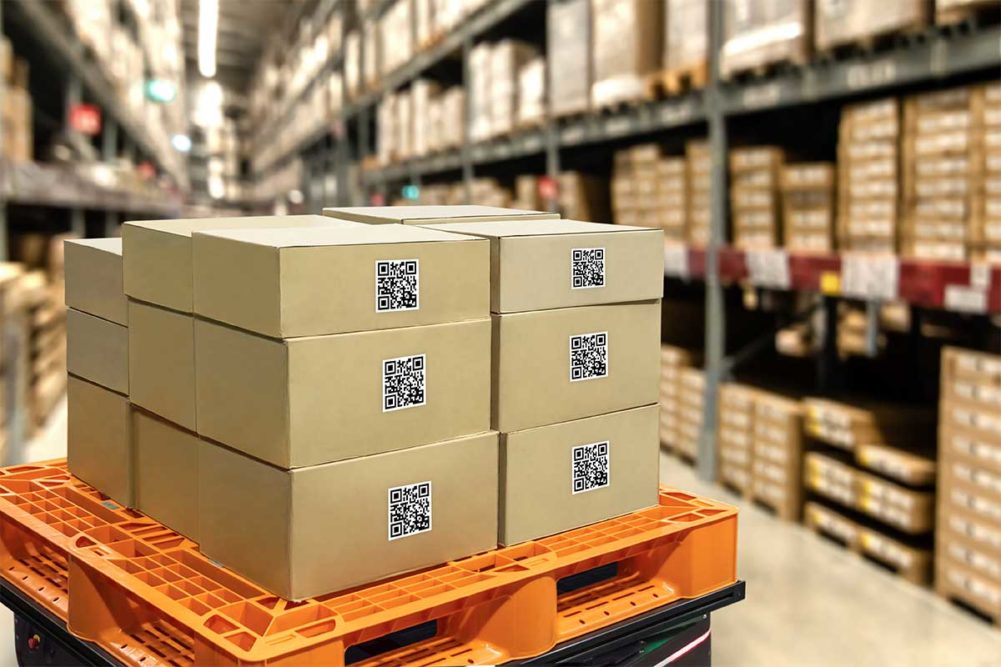KANSAS CITY — Since the outbreak of the pandemic, only 57% of food and beverage facilities feel that their supply chain is in a good position for the future, according to Gartner, a leading research and advisory firm.
As a result, traditional supply chains have been focused primarily on efficiency, but this approach must change for supply chains to function in today’s quickly shifting conditions, noted Kimberly Becker, senior research director in Gartner’s supply chain organization.
During the American Society of Baking (ASB)’s virtual BakingTech conference, held Feb. 16-18, Ms. Becker shared Gartner’s research on key trends and innovations with supply chains since the coronavirus (COVID-19). She also identified strategies and improvements she predicts will be necessary for future success of supply chains.
“Many manufacturers during COVID-19 had to make the decision to drastically limit their portfolios in order to ensure capacity for key SKUs (stock keeping units),” she explained. “Most of these companies found that this not only drove increased efficiencies, but also increased agility and resilience.”
“Agile” is how Gartner describes a supply chain that “can sense and respond to unanticipated changes in demand and supply quickly and reliably, without sacrificing cost and quality.” Ms. Becker said agility will become the most important aspect of supply chains moving forward.
She identified four key capabilities for agility within a supply chain: the creation of a transparent and automated end-to-end supply chain, the movement from an optimal supply chain plan to one focused on resilience, the adaptation of flexibility within networks, and operations and product platforming.
Resilience within a supply chain is a factor dependent on agility and involves the ability to absorb and survive unexpected conditions better than competitors. The current perception of the supply chains’ resiliency is low, with only 12% of respondents seeing their supply chains as highly resilient. Expectations are rising, however, with 53% of respondents seeing high resiliency within the next 2-3 years.
The major supply chain component that is acting as a resiliency barrier involves a lack of digital technologies.
“Digitization makes the difference between supply chains simply surviving and thriving,” Ms. Becker said.
Gartner’s research predicts that the impact to supply chain human activities will be significant by 2025. The research saw augmentation of human activity in decision making, scenario planning and manufacturing operations, among others. It saw a large percentage of replacement in executing transactions and the exchange of data with external partners.
These changes in focus and medium will, of course, redirect what skillsets and competencies supply chains look for in their employee talent.
In the future, Ms. Becker said companies may need the development of human resource representation that is specific to supply chain to help in looking for talent with digital dexterity and re-establishing expectations for internal growth within supply chains.
She said workers will require, “the fluency in cognitive ability and social practice needed to leverage and manipulate media, information and technology for advantages in unique and highly innovative ways.”






